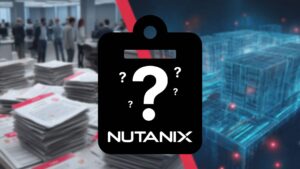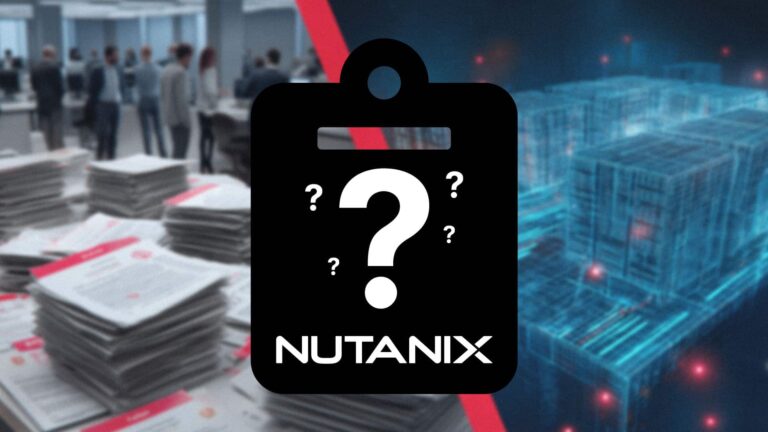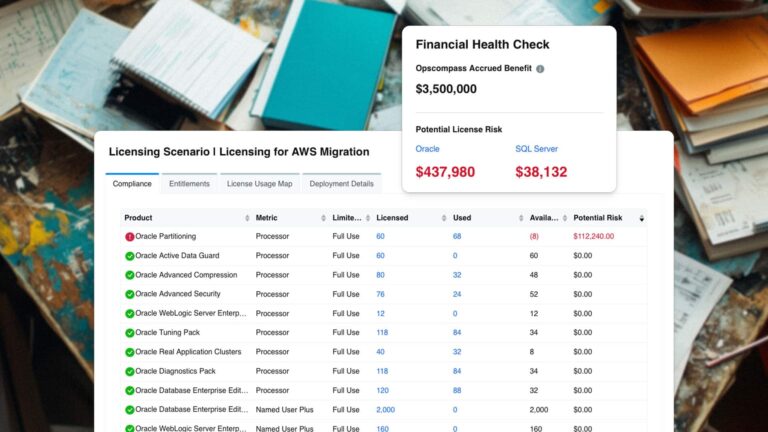Introduction: Should You Upgrade Your SQL Server?
SQL Server 2022 new features deliver significant performance gains, enhanced security, and deep Azure integration—key factors to weigh when planning an upgrade. Upgrading isn’t always necessary unless there’s a clear business case or your version nears end-of-support. However, understanding these enhancements in SQL Server 2022 can help you decide if moving from SQL Server 2019 is right for your organization.
SQL Server’s Evolution: From 2019 to the Azure-Powered 2022
If we look at the number of new features added with each release, we can see that this latest version features almost double the number of new features compared with previous versions, and that’s what makes this new release so exciting. However, it’s important to note that around 20% of these new features rely entirely on Microsoft Azure.
Top Enhancements in SQL Server 2019
What’s New in SQL Server 2019?
SQL Server 2019 included the following improvements:
- Support for deployment with Kubernetes
- Native UTF-8 support
- Free Java support
- Persistent memory support
- Accelerated database recovery
- Free Azure Always Encrypted Disaster Recovery (DR) with secure enclaves
- Vulnerability assessment
- Data classification and auditing
- Integration with Azure Machine Learning and Spark ML
Major New Features in SQL Server 2022
What’s New in SQL Server 2022?
And finally, SQL Server 2022 brings us the following new features:
- SQL Server ledger
- Support for more memory
- Concurrency scalability support
- Data virtualization for any Data Lake
- Query store by default and replica support
- Time series compatibility
- NextGen Intelligent Query Processing
- Time series support
- Query store hints
- New Transact-SQL functionalities
- Integrated acceleration and offloading
- JSON functions
- Extensions for Azure
- Azure Synapse links for SQL
- Azure Purview policies
SQL Server 2019 Key New Features
SQL Server 2019 was designed to enhance big data integration, performance, and security. Key features include:
- Big Data Clusters – Integrated Apache Spark and HDFS support for handling large-scale data within SQL Server.
- Intelligent Query Processing (IQP) – Improved query performance with features like batch mode on rowstore and adaptive memory grants.
- Always Encrypted with Secure Enclaves – Enables secure computations on encrypted data.
- Accelerated Database Recovery (ADR) – Faster recovery after a failover or crash.
- UTF-8 Support – More efficient storage and compatibility for international applications.
- Data Virtualization – Query external data sources (Oracle, MongoDB, PostgreSQL) without moving data.
SQL Server 2019 vs 2022: Use Cases for Upgrading
Use Cases for Upgrading to SQL Server 2019
- Organizations with large datasets or hybrid cloud solutions.
- Companies seeking improved query performance without modifying existing code.
- Businesses needing secure data processing within enclaves.
SQL Server 2022 Key New Features
SQL Server 2022 is the most cloud-connected version yet, offering deeper Azure integration, performance enhancements, and disaster recovery improvements. Key features include:
- Azure Synapse Link – Real-time analytics on transactional data without affecting performance.
- Ledger (Blockchain-like Security) – Cryptographically protected records for auditing and compliance.
- Intelligent Query Performance Improvements – Features like Parameter Sensitive Plan Optimization (PSP) for better execution plans.
- Failover to Azure SQL Managed Instance – Built-in disaster recovery failover capabilities.
- New JSON Enhancements – Improved JSON functions for better parsing and querying
Use Cases for Upgrading to SQL Server 2022
- Businesses needing seamless cloud integration with Azure.
- Organizations in regulated industries requiring tamper-proof records.
- Companies requiring resilient disaster recovery with managed failover.
When to Delay Your SQL Server Upgrade
When You Should Wait Before Upgrading
- Your current system is stable, performing well, and still supported.
- Your company has no need for cloud features, big data, or new security models.
- You have legacy applications that might break on a new version
Top Reasons to Upgrade to SQL Server 2019 or 2022 Now
Top Reasons to Upgrade Now
- Your SQL version is out of support (e.g., SQL Server 2012 reached end-of-life in July 2022).
- You need better performance without rewriting queries (Intelligent Query Processing).
- Your business is moving to a hybrid cloud model and needs Azure integration.
- Your organization requires stronger security and compliance (e.g., financial or healthcare industries).
- You want to future-proof your database infrastructure.
Final Thoughts: Aligning Upgrade Decisions with Business Needs
Upgrading SQL Server should be a business-driven decision, not just a technical one. If your current version is still supported and meeting business needs, there’s no immediate urgency to upgrade. However, if your version is nearing end-of-life, or your company requires better security, performance, or cloud capabilities, upgrading to SQL Server 2019 or 2022 can provide long-term benefits.
Feature Categories Overview
SQL Server Feature Comparison by Category
We think that the best way to illustrate the differences between the different versions is to put them into some tables so you can see the availability of each feature or functionality.
Then, to make things easier, we’ve separated the data into the following sections:
- Database performance
- Database availability
- Database security
- Database management and programming
- BI and Analytics support
- Intelligence and databases
- Azure functionalities
Database performance: Here, we show the features that aim to ensure that SQL Server uses resources more efficiently and improve processing capabilities.
| Feature | SQL Server 2019 | SQL Server 2022 |
| In-memory database: in-memory OLTP | Yes | Yes |
| In-memory database: persistent memory | Yes | Yes |
| In-memory database: memory-optimized tempdb | Yes | Yes |
| Real-time operational analytics | Yes | Yes |
| Intelligent query processing | Yes | Yes |
| Buffer pool parallel scan | Yes | |
| Query store activated by default with replica support | Yes | |
| Query store hints | Yes | |
| Integrated acceleration and offloading | Yes | |
| Hybrid buffer pool with direct write | Yes | |
| Advanced vector extension (AVX) 512 to improve batch-mode operations | Yes |
Database availability: In this section, we look at the features aimed at providing availability capabilities to the DBMS and its databases to remain “Always On.”
| Feature | SQL Server 2019 | SQL Server 2022 |
| Always on | Yes | Yes |
| Accelerated database recovery | Yes | Yes |
| Read scale-out availability groups | Yes | Yes |
| Large memory and concurrency scalability | Yes | |
| Multi-write replication | Yes | Yes |
| Link to Azure SQL Managed Instance: replicas | Yes | Yes |
| Link to Azure SQL Managed Instance: one-way | Yes | |
| Link to Azure SQL Managed Instance: two-way | Yes | |
| Contained availability group | Yes |
Database security: In this section, we look at all the security features, such as encryption, AAD support, logs, antivirus technology, etc.
| Feature | SQL Server 2019 | SQL Server 2022 |
| Always encrypted with secure enclaves | Yes | Yes |
| Data discovery and classification | Yes | Yes |
| Transparent data encryption | Yes | Yes |
| Backup encryption support | Yes | Yes |
| Encryption at rest and in motion | Yes | Yes |
| Dynamic data masking and security at queue level | Yes | Yes |
| Azure Active Directory authentication | Yes | |
| Microsoft Defender for SQL | Yes | Yes |
| Central management of Microsoft Purview integration | Yes | Yes |
| Microsoft Purview Integration data-owner policies | Yes | |
| SQL ledger | Yes | |
| Support for PFX certificates and other cryptographic improvements | Yes | |
| Support MS-TDS 8.0 and TLS 1.3 protocol | Yes |
Database management and programming: In this section, we look at programming language compatibility, data handling, etc.
| Feature | SQL Server 2019 | SQL Server 2022 |
| GNU/Linux support | Yes | Yes |
| Container support | Yes | Yes |
| Kubernetes support | Yes | Yes |
| Temporary tables | Yes | Yes |
| JSON support | Yes | Yes |
| Graphic data support | Yes | Yes |
| UTF-8 compatibility | Yes | Yes |
| Java support | Yes | Yes |
| Azure Data Studio to manage SQL Server, including T-SQL support | Yes | Yes |
| Database compatibility certification | Yes | |
| Bit manipulation functions | Yes | |
| Time series support |
BI and analytics support: In this section, we look at all aspects related to Business Intelligence and data analysis.
| Feature | SQL Server 2019 | SQL Server 2022 |
| Server integration services | Yes | Yes |
| BI semantic models | Yes | Yes |
| Master data services | Yes | Yes |
| Data quality services | Yes | Yes |
| Many-to-many relationships in tabular models | Yes | Yes |
| End-to-end mobile BI on any device | Yes | Yes |
| Direct query of SQL Server Analysis Services (SSAS) | Yes | Yes |
| Calculation groups in tabular models | Yes | Yes |
Intelligence and databases: In this section, we look at query autodetection and optimization capabilities.
| Feature | SQL Server 2019 | SQL Server 2022 |
| PolyBase data virtualization | Yes | Yes |
| Data Lake virtualization | Yes | |
| Object storage backup and restore | Yes | |
| Azure Synapse Link for SQL | Yes |
Azure Functionalities: Here, we look at everything related to Azure support, use of Microsoft public cloud resources, etc.
| Feature | SQL Server 2019 | SQL Server 2022 |
| Link to Azure SQL Managed Instance: replicas | Yes | Yes |
| Link to Azure SQL Managed Instance: one-way | Yes | Yes |
| Link to Azure SQL Managed Instance: two-way | Yes | |
| Optimized Virtual Machine (VM) images in the Azure gallery | Yes | Yes |
| Free asynchronous replication on Azure Virtual Machines for disaster recovery | Yes | Yes |
| Microsoft Defender for SQL | Yes | Yes |
| Central management of Azure Purview | Yes | Yes |
| Azure Purview Data-owner policies | Yes | |
| AAD authentication | ||
| Azure Synapse Link for SQL |
Frequently Asked Questions
SQL Server 2022 doubles down on Azure integration, ledger support for tamper-proof auditing, and Time Series/JSON enhancements, while SQL Server 2019 introduced big data clusters, UTF-8, and Encrypted DR with secure enclaves.
Upgrade when you need deeper Azure services (Synapse Link, Purview policies), ledger functionality, or when your 2019 instance nears end-of-support and you require new security/compliance models.
Intelligent Query Processing enhancements, Parameter Sensitive Plan Optimization, and automatic Query Store hints by default improve performance without code changes.
Organizations with large datasets, hybrid on-prem/cloud deployments, or needing accelerated recovery and Spark/ML integration see immediate benefits in 2019’s big data and UTF-8 support.
If your current version is stable, fully supported, and you have no immediate need for cloud/advanced security features, you can delay until a clear business requirement emerges.






